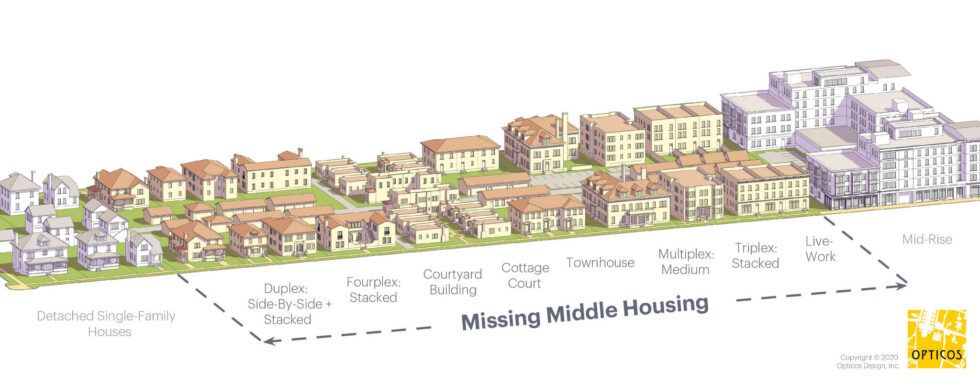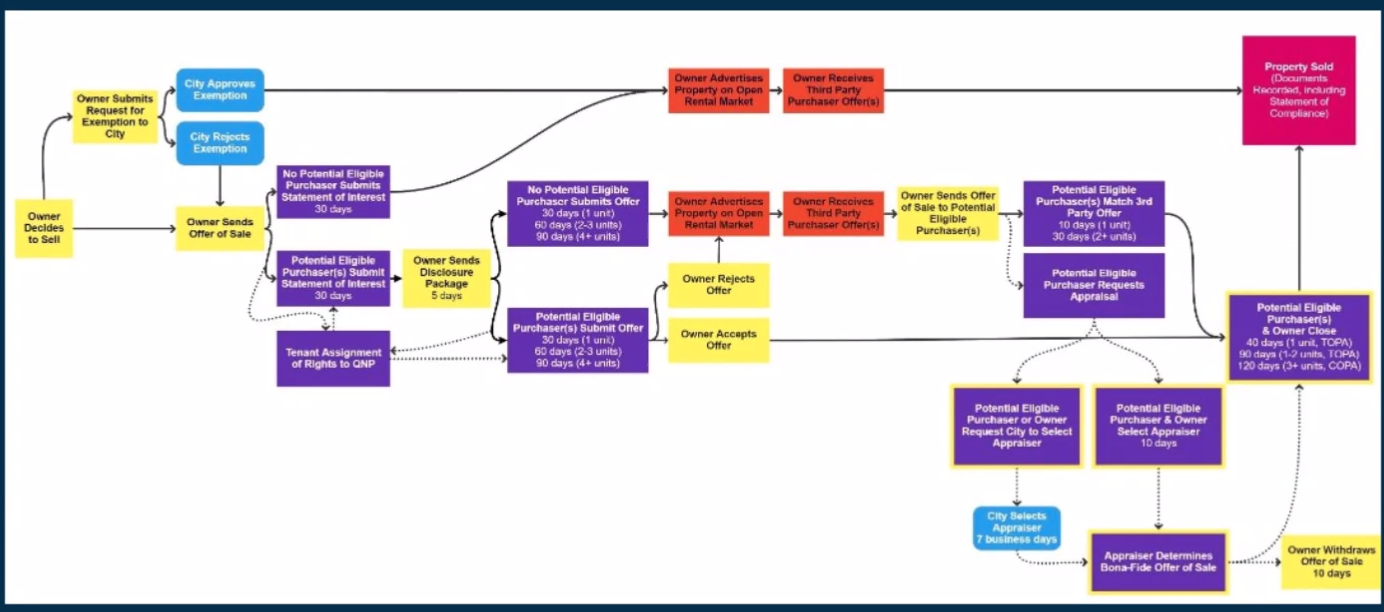
Ferbruary 23rd 2022
East Palo Alto City Council will again discuss and try to pass OPA, the “Opportunity to Purchase Act” on Tuesday, March 1rst at 6:30pm. The city has not done any substantive economic analysis, but many experts believe that OPA will lead to lower home values due to sale delays of up to 100 days and a transfer of "Right of First Refusal" from the owner to a non-profit. These lower prices will result in an effective six-figure tax on all homeowners in East Palo Alto. To be clear, most homes (~70%) are owned by resident homeowners in EPA, and OPA takes money out the pocketbooks of EPA families and gives it to non-profit corporations who have been heavily funded by Facebook. OPA also actively discourages the creation of new housing in EPA, exacerbating the current housing shortage. It may have the unintended consequence of displacing existing tenants, as current homeowners sell rental properties in EPA to avoid being caught under OPA statutes.
There are many questions about OPA, here are a few:
Why has the city done little outreach to residents on OPA? The city of East Palo Alto knows how to do outreach using social media, email, and mailed flyers. City Council is trying to pass an ordinance that will impact the value of every single-family home without having ANY in person meetings – effectively only including those who are tech savvy and comfortable on ZOOM and Social Media Channels like Facebook and Nextdoor. I am still meeting neighbors who have never heard of OPA, and while I have seen Facebook Ads, Nextdoor post and emails about the MLK Park renovation, nothing of the sort has been done by the city to inform residents about OPA. Why was nothing like this done for OPA before November 16?
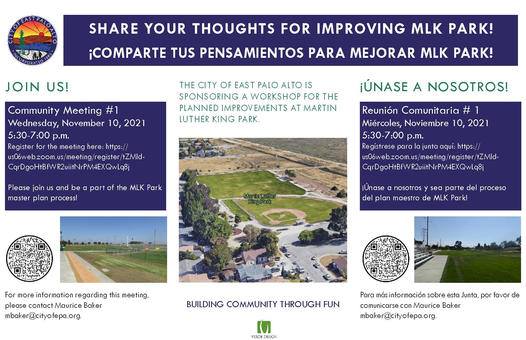
What was the rush to secretly pass OPA without community input? OPA was introduced on November 16th meeting and was only inserted in the Agenda Package on November 13th. One Council Member told me that they did not have the time to read the ordinance before the meeting on the 16th. Very few - if any – homeowners were aware of this ordinance prior to November 16th. Why was OPA not developed and presented in an open and transparent manner? Why was the Mayor trying to pass OPA on November 16th? Video below of Mayor Carlos Romero urging EPA City Council to pass OPA on November 16th, including all homes with ADUs.
Why is the city considering an ordinance that attacks the “Generational Wealth” of families who have invested in East Palo Alto? Homeownership is the foundation of economic prosperity for EPA homeowners. OPA affects all homeowners in EPA, including many families that built “generational wealth” using real estate investment after being forced into EPA by redlining. The overwhelming majority of single family homes in EPA are owned by residents like me – why would the city target us with an ordinance that makes us poorer?
Why is the City allowing a Facebook funded Non-Profit to experiment on our community with a radical proposal not found anywhere else in the United States? Facebook money - via various non-profit corporations - has funded OPA with $220k grant to YUCA, CLSEPA, PAHALI, and EPACANDO.
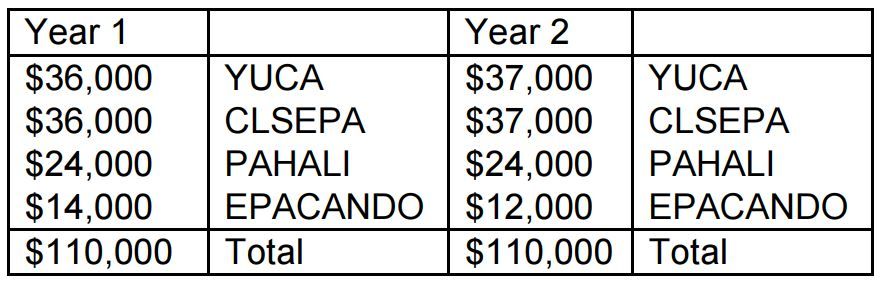
A CZI funded non-profit (Partnership of the Bay’s Future) that is the main supporter of OPA had north of $500M two years ago, and surely has more now. Make no mistake – they are eager to spend money in EPA to acquire homes using this war chest. Maurice Jones, who is doing fundraising for this effort said this in 2020, “We never said that once we got to $500 million that we would go and chill out,” he said. “As you all know, the job to be done in housing here far exceeds that $500 million. So guess what? We’re going to continue to try to raise more money for this pool.” You can seen more about the Facebook connection here:
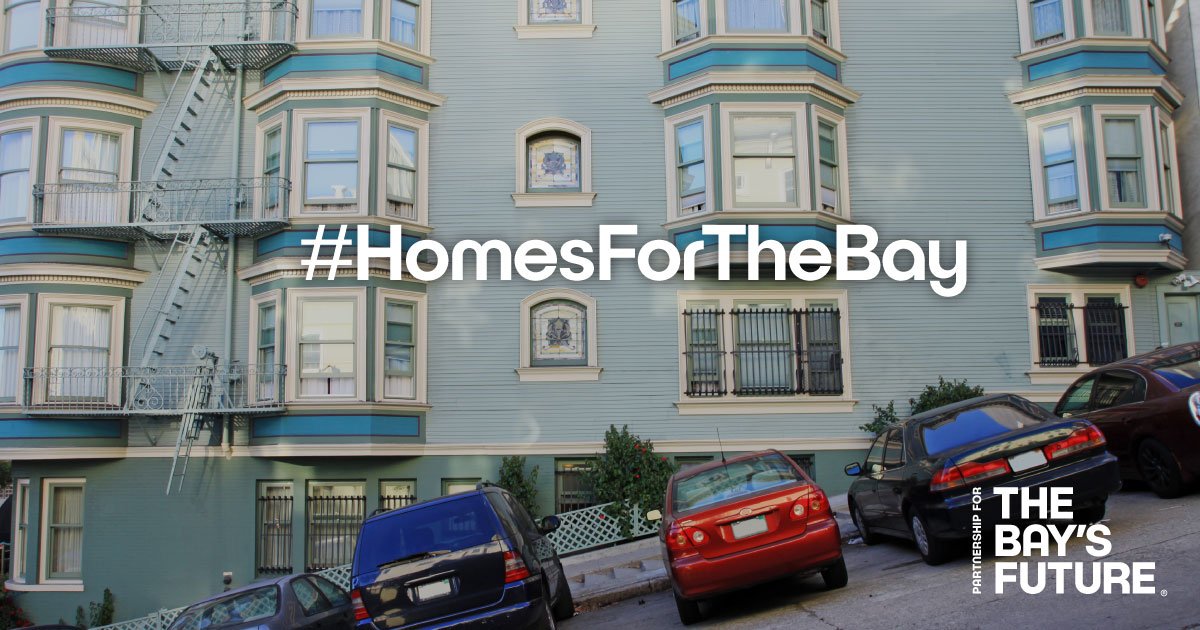
You can also read about Facebook's effort to drive policy change and fund OPA style initiatives here:

Why has the city not done any substantive economic analysis on OPA’s effect on EPA Home Prices? Lower home prices affect all homeowners when they sell, refinance, or take money out of their home. The city has been incredibly negligent in not assessing these risks and seems to blithely accept on faith the notion that a non-profit delaying home sales 200 days and giving the right of first refusal to the non-profit will not affect home prices. A recent letter to City Council from UCLA Economics professor Sushil Bikhchandani addressing “Right of First Refusal” states clearly that the “cost, in terms of lower sales prices of existing homes, will be borne not just by non-resident homeowners but as mentioned above, also by resident homeowners through the impact on appraisal values of their homes.” Mind you, this analysis aimed at ROFR, and does not incorporate a 200+ day delay in home sales mandated by OPA. The overwhelming majority of single-family homes in EPA are owned by residents – why is the city trying to lower home values with this ordinance? As the chart below shows, prices in East Palo Alto can go down as well as up, and prices dropped 60% in the mid-2000s.
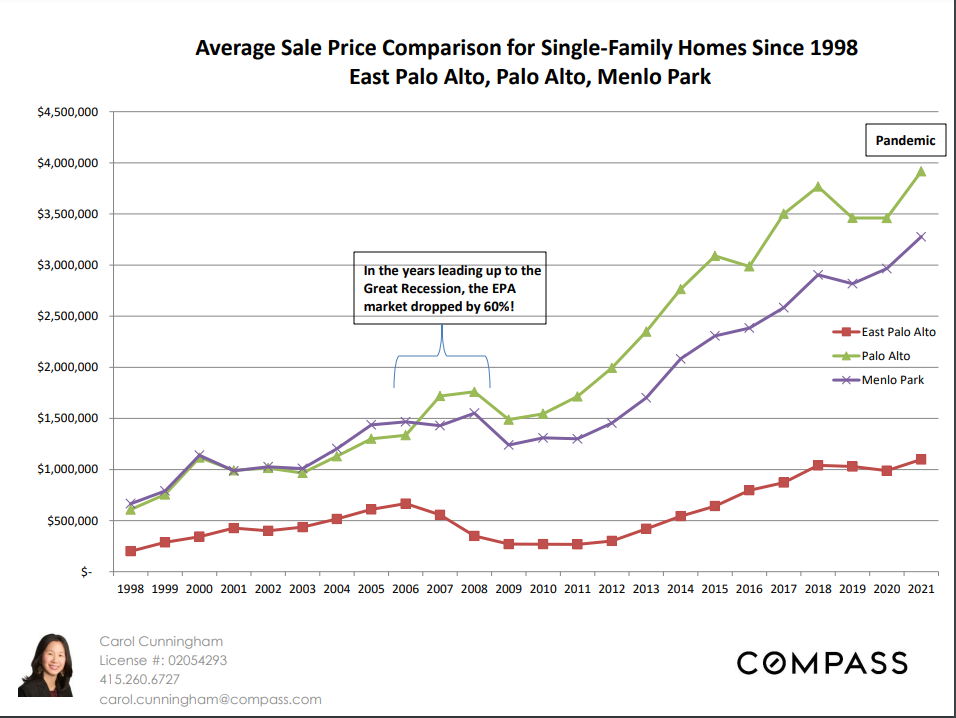
What are the tax revenue ramifications if hundreds of homes are acquired by Facebook funded non-profit corporations in the next decade and stop paying property taxes? Homes acquired under OPA will stop paying property taxes. City consultants have implied that few homes will be acquired using OPA, but the reality is that there is more than enough money for non-profits to acquire hundreds of homes in the next decade using OPA. What is the impact on City Finances if this happens? Just one house being taken off the tax rolls will lead to $120k in lost revenue over a decade.
Why is the city trying to pass an ordinance that will kill new home building? East Palo Alto badly needs new housing. OPA actively discourages the construction of new housing and will result in worsening our housing crunch. The future of housing in EPA will include small apartment buildings with 25% of units being Below Market. Nobody will invest in building this badly needed housing if these developments come under OPA at the point of sale. Additionally, OPA effectively eliminates inbound 1031 exchanges, a key tool used by Real Estate investors in transactions. East Palo Alto has not had a new apartment building open since 2005, and we are well behind the curve when it comes to providing housing. We should be encouraging, not discouraging, the creation of new housing.
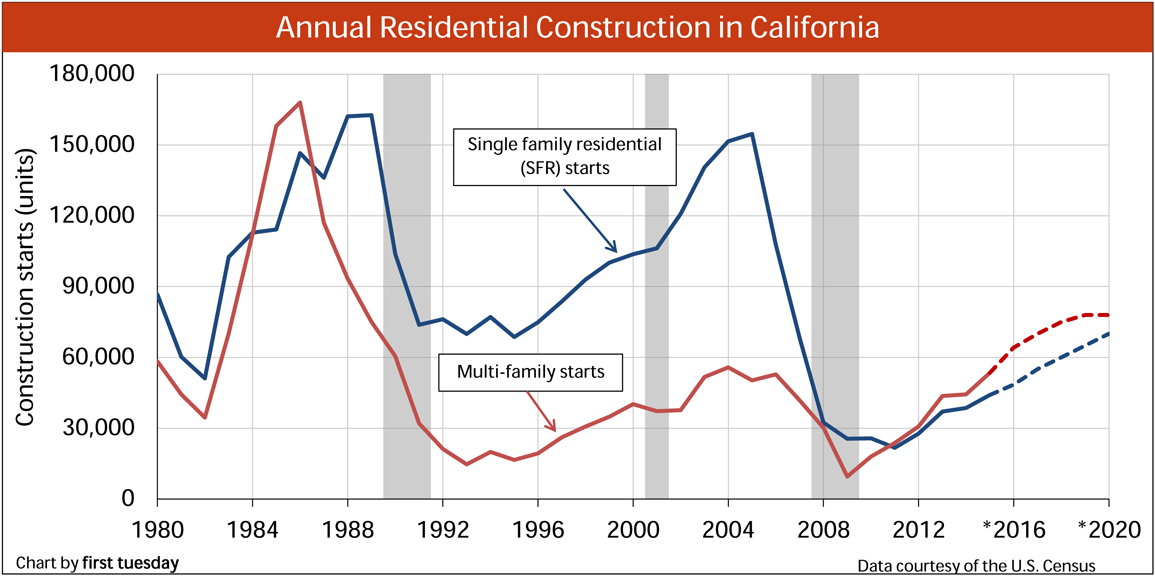
Why is the city not being transparent about which non-profits corporations will be selected to run OPA? The “Qualified Non-Profits” will wield tremendous power over billions of dollars in real estate transactions in East Palo Alto. They will have the right by statute to delay sales, fine owners for non-compliance, and impose punitive penalties of hundreds of thousands of dollars on sales that were not OPA compliant. Why should we trust non-profits with this power? Close scrutiny of the non-profits selected is in order, and this has simply not happened.

·Why is the city not taking obvious measures to increase housing in East Palo Alto if displacement and affordability is a high priority? There are many things the city can do to attack displacement without harming homeowners. These include: 1) Rezoning appropriate areas in EPA to allow for apartments 2) Address parking minimums, setback requirement, and greenspace requirements 3) Address problems with utilities that are either blocking construction entirely or making new development impossible with irrationally high fees.
